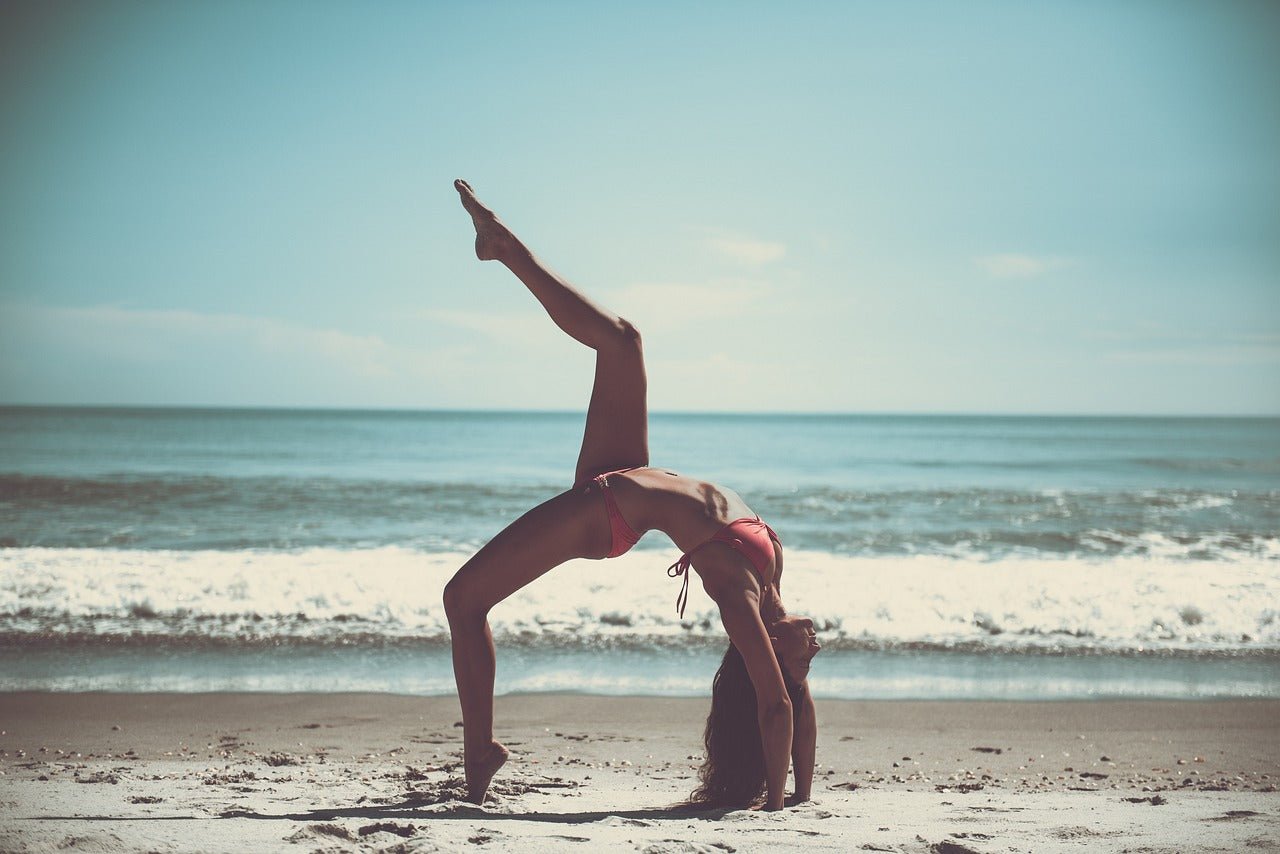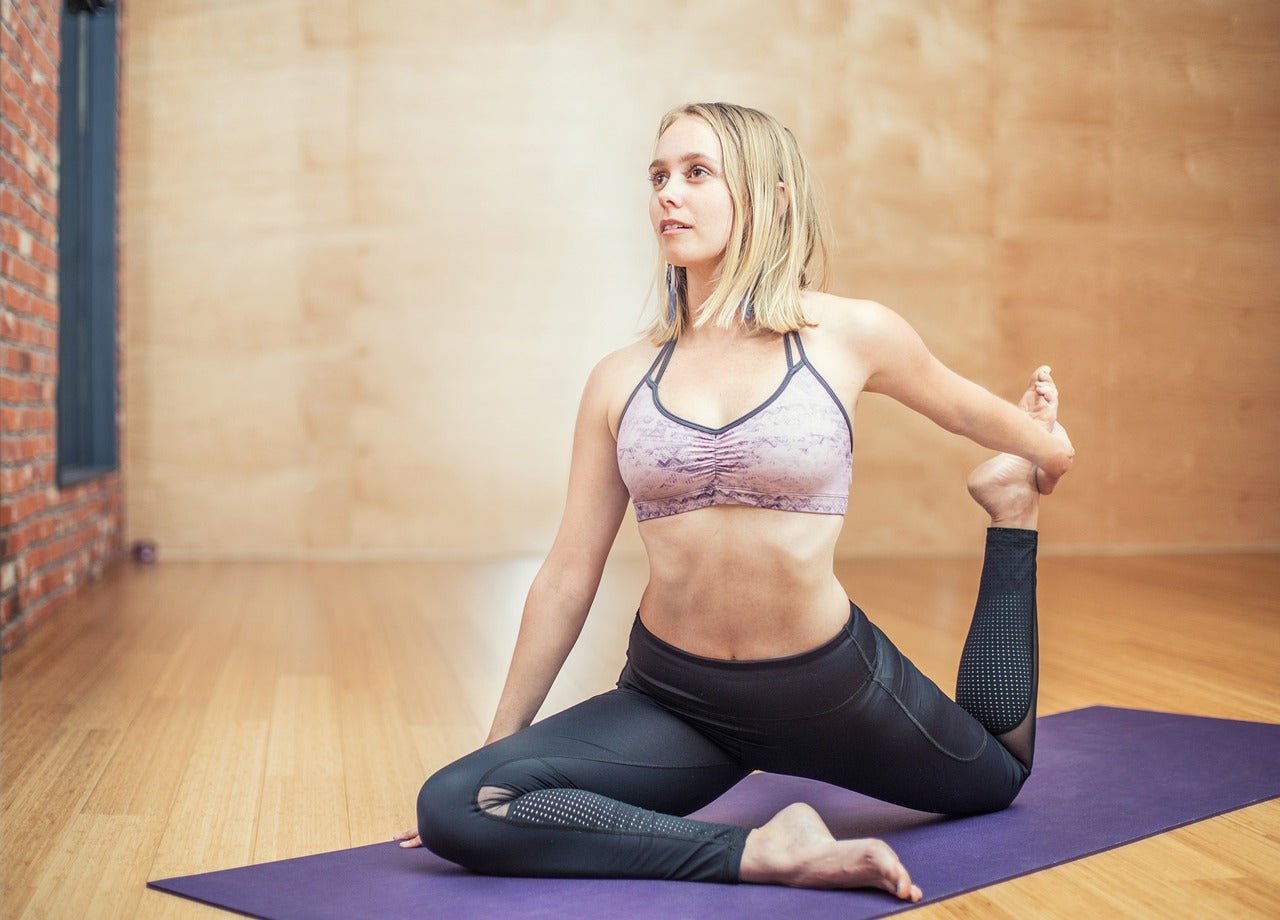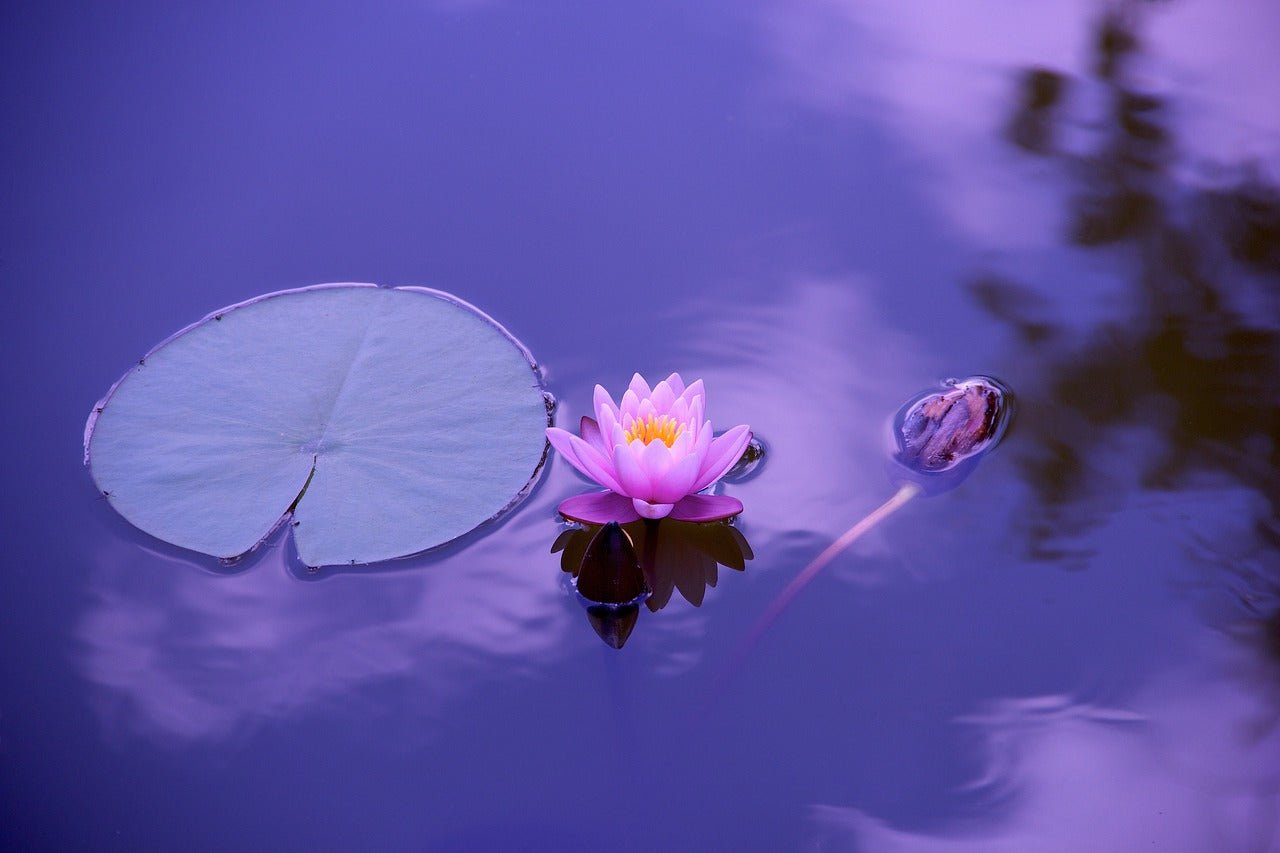
Yoga Poses for Stress Relief and Relaxation
Life can get you down. From a busy schedule to health problems, the aches and pains of aging, tough deadlines at work, and the ups and down of life, there’s plenty that can cause us stress and worry.
How can yoga help? Yoga and the poses or asanas that make up the discipline can help us relax our muscles, improve physical balance, find peace and stillness in the rush of our busy schedules, and allow us an oasis of spiritual focus and physical awareness. The effects of yoga on mental and physical health are beyond measure.
So what are the best yoga poses for stress relief and relaxation? Can you modify these poses at all, and how do they help you relax? We’ll cover the most effective and simplest yoga poses to help bring about mental calm and rest when you most need it.
How Does Yoga Help Relieve Stress?
Yoga is an ancient Indian prayer discipline which brings both the body and mind in union to pray, contemplate, stretch, and bring the soul to the here and now. In our busy, digitally-fueled lives, we can lose touch with reality, lose touch with our own bodies, and find ourselves overworked and worried.
Yoga helps both mind and body slow down, reconnect, and take time out to be still, be focused, and not be busy. It employs the brain, emotions, and muscles at once to help us not only stretch our spines, arms, and legs, but stretch our awareness and give a sense of calm. Incorporating yoga into a busy routine can be an excellent way to set the tone for the day, relax after a long shift, or find some quiet and centeredness on a hectic weekend.
When your mind and body are in tune you’ll feel better, and may notice that things stress you out less often. Depression can be relieved, anxiety can be reduced, and mental health can improve overall.
So what are some of the most effective yoga postures to help combat stress? How do you do them, and what benefits does each offer? Let’s start with the Padmasana or Lotus Position.
Lotus Position or Padmasana
This is the most basic body posture from which the asanas begin and the essential stance for meditation. Begin by sitting comfortably on your yoga mat, or another cushioned surface. Cross your legs in a manner that is natural and comfortable under you. Straighten your back and bring your shoulders back so that your posture is upright, but not rigid.
Next, place one foot on its opposite thigh with the sole facing upwards, and do the same with the opposite foot. If you can only manage to get one foot up, that’s ok. This would be called the half-lotus or Ardha Padmasana.
Alternatively, you may sit in a simple cross-legged position or Sukhasana. Don’t force your body into a full or half lotus if you’re uncomfortable or not yet flexible enough. A simple Sukhasana is fine, too
Straighten your back, keep your head level, and breathe deeply. Bring your mind into a quiet place while your body is focused, yet at ease. This pose is a simple and wonderful way to bring about some peace and connection between the mind and the body, relax, and ease into yoga. Your posture, breathing, and ability to relax muscles can all be greatly helped by the Padmasana.
Simplified Sun Salutation or Surya Namaskara Asana
This is another relaxing, meditative pose sequence that can help calm your mind as it gently stretches your muscles. Developed as a way of honoring and worshiping the Sun god Surya, this simplified pose sequence described here is gentle. As you do each step in the Surya Namaskar, breath deeply and exhale. Take your time.
To begin, simply stand up in a straight manner with your feet close together, and relax the body and mind. Press the palms of your hands together as if in a Namaste greeting. Next, inhale slowly and raise your arms above your head while slightly bringing your spine backwards. Don’t overdo it on the back; a very gentle slight tilting is just fine.
Next, bring your hands together again in a Namaste, as you lower your arms to a more natural position. Now, gently bend at the waist, slowly bringing your lower body down. If possible, touch your toes. If not, simply lightly stretch your arms downward and bring hands to your ankles or shins.
You can do this simplified sequence of poses a few times every morning to help balance your mind and body and get yourself into a good place before your busy day starts. It’s a great way to set the tone for a less stressful and more meditative day ahead. You can also greatly relieve back tension, shoulder tension, and tiredness with this modified asana.
Cow Pose or Bitilasana
The Cow Pose finds you on all fours, helping strengthen your middle without stressing your body. This is a simple pose that can be done easily by beginners, and helps to relax the upper back, shoulders, and spine. This is fantastic for those with physically demanding jobs, or general fatigue.
Place your hands flat on the mat and use your knees to support your lower body, a bit like a table. Now inhale, lower your belly, raise your shoulders slightly, and lift your head upward. Exhale as you relax your body back into a natural position.
You can do this cycle as many times as you want to or feel comfortable with. When stressed, we tend to store a lot of tension in the neck and upper back. The Bitilasana can help work some of that tension out gently and naturally while strengthening the upper and lower body at the same time.
Downward Facing Dog or Adho Mukha Svanasana
This is one of the simplest and most familiar yoga asanas and is easy to learn. Even better, it helps improve blood flow, rejuvenates tired muscles and improves respiration, all of which are vital to fighting stress spiritually and physically.
To begin, plant the soles of your feet on the mat and bend your body downward. Use the palms of your hands to support yourself; your body should be bent at the waist with palms and soles supporting you, a bit like the letter “A”.
Breathe in and out deeply for five cycles in this position. Walk your hands back closer to your feet and raise yourself up into a standing position. Repeat this posture as often as you like.
The Adho Mukha Svanasana allows tension to flow from your torso and chest out through your arms and legs, helps strengthen your midsection, and allows the ribcage to flex, improving breathing and overall wellness. It’s a great pose to do for simple and immediate stress relief.
Legs Up The Wall Pose or Viparita Karani
This is another amazingly simple pose that works wonders to reduce stress. It’s ideal to do this asana in the morning, to help improve blood flow and allow your brain to get plenty of rich oxygen. The better fueled your brain is, the clearer you can think, and the less anxious you’ll be.
This is not an ideal asana for those with heart damage or who are prone to dizziness or with irregular blood pressures, though, so keep this in mind.
Find an open expanse of wall in your home with plenty of room in front of it. Face the wall and breathe deep, then lie down flat on your back. Place a pillow or other cushion under your back for comfort. Walk your feet up the wall and keep your buttocks as close to the wall as possible while keeping your legs straight.
Keep your head and neck relaxed and looking upward at the ceiling. Breathe in and out deeply and focus on your respiration. It’s a relaxing and simple position that can improve circulation, boost brain function, encourage calm, and stretch your back, legs, spine, shoulders. It’s great for relieving tension in the upper body and legs, as well as resting tired ankles and calf muscles.
Final Thoughts
Some of the best yoga poses for stress relief and relaxation are the Lotus Position, a Simplified Sun Salute, the Cow Position, Downward Facing Dog, and Legs Up The Wall. All of these can help the mind and body realign, reduce stress, help a busy brain calm down, and work out tension stored in the upper and lower body.
Life can be stressful, and yoga is a great way to help battle anxiety, face the day more calmly, relax the body, and improve blood flow to tired muscles. Remember, you can modify these postures to meet your physical abilities, and use them along with a balanced diet and exercise to help restore calm, health, and balance to your day to day life.
Check out our clothing and impress your fellow yogis in more ways than one. Looking for more education content?




